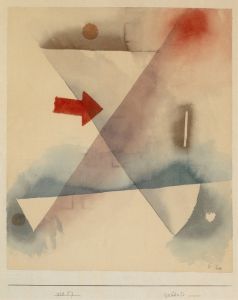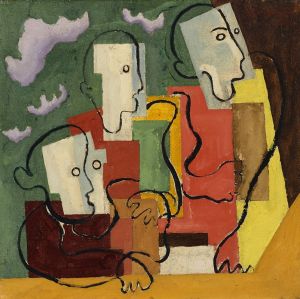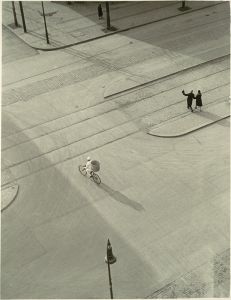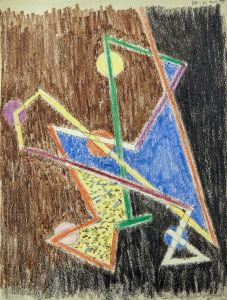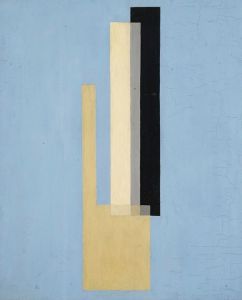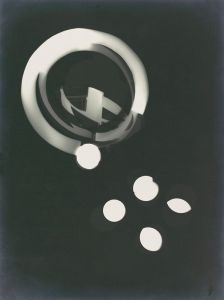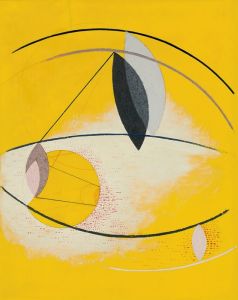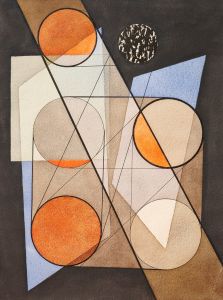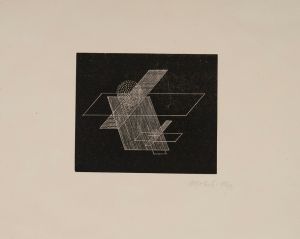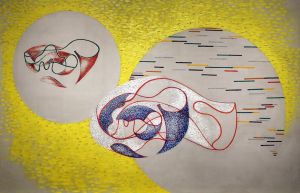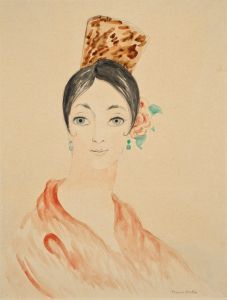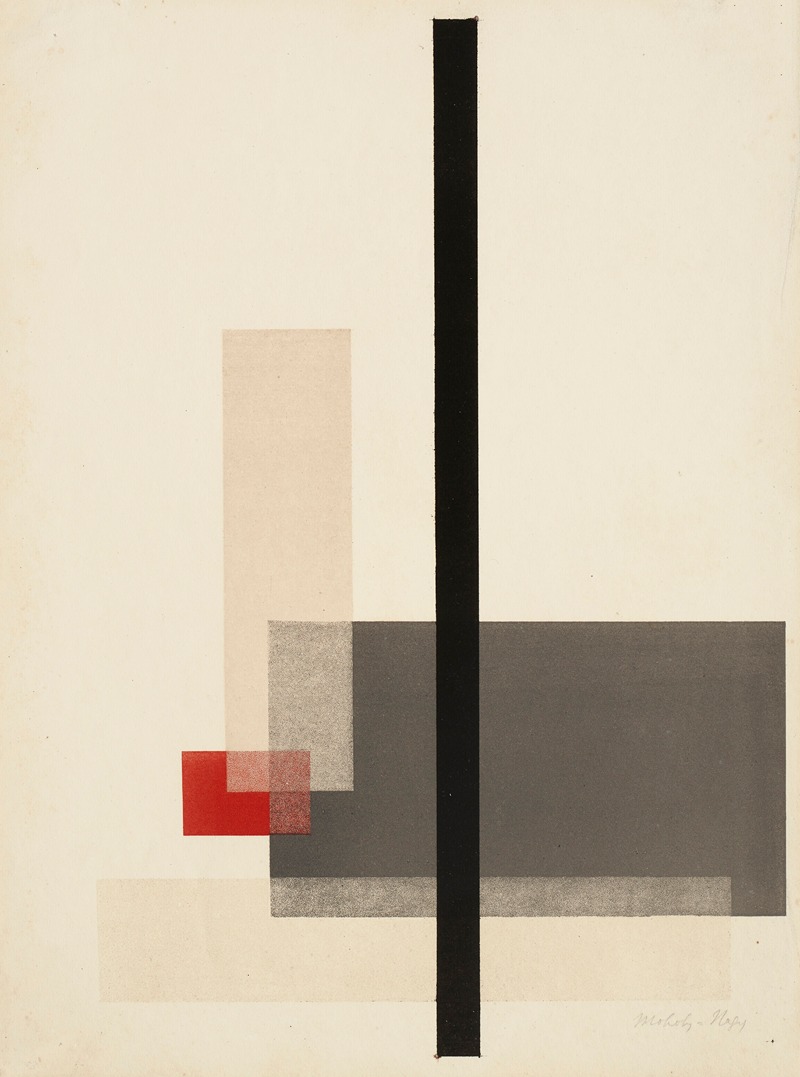
Composition
A hand-painted replica of László Moholy-Nagy’s masterpiece Composition, meticulously crafted by professional artists to capture the true essence of the original. Each piece is created with museum-quality canvas and rare mineral pigments, carefully painted by experienced artists with delicate brushstrokes and rich, layered colors to perfectly recreate the texture of the original artwork. Unlike machine-printed reproductions, this hand-painted version brings the painting to life, infused with the artist’s emotions and skill in every stroke. Whether for personal collection or home decoration, it instantly elevates the artistic atmosphere of any space.
László Moholy-Nagy was a Hungarian artist and educator who became a prominent figure in the Bauhaus movement, known for his innovative approach to art and design. One of his notable works is "Composition," which exemplifies his exploration of abstraction and the integration of technology and art. Moholy-Nagy's work often focused on the interplay of light, transparency, and space, and "Composition" is a testament to these themes.
Created in the early 1920s, "Composition" reflects Moholy-Nagy's interest in Constructivism and the avant-garde movements of the time. The piece is characterized by its geometric forms and the use of contrasting colors, which create a dynamic sense of movement and depth. Moholy-Nagy was deeply influenced by the technological advancements of his era, and he sought to incorporate these elements into his art. This is evident in "Composition," where he employs techniques that suggest a mechanized aesthetic, aligning with the Bauhaus philosophy of uniting art with industry.
Moholy-Nagy's approach to "Composition" was informed by his belief in the educational potential of art. As a teacher at the Bauhaus, he emphasized the importance of experimentation and the breaking down of traditional boundaries between different artistic disciplines. This philosophy is mirrored in "Composition," where the blending of painting, photography, and graphic design elements can be observed. The work is not just a visual experience but also an intellectual one, inviting viewers to consider the relationship between form and function.
The use of light and shadow in "Composition" is particularly noteworthy. Moholy-Nagy was fascinated by the effects of light on perception, and he often used it as a medium in itself. In this piece, the interplay of light and dark areas creates a sense of three-dimensionality, challenging the viewer's perception and encouraging a more active engagement with the artwork. This technique was part of Moholy-Nagy's broader exploration of the "New Vision," a concept he developed that emphasized seeing the world in new ways through the lens of modern technology and innovation.
"Composition" also reflects Moholy-Nagy's interest in photography and film, which he considered integral to modern art. He was one of the first artists to recognize the potential of these mediums to transform artistic expression. In "Composition," the influence of photographic techniques can be seen in the precision and clarity of the forms, as well as in the way the composition is structured, almost like a still from a film.
Overall, "Composition" by László Moholy-Nagy is a significant work that encapsulates the artist's pioneering spirit and his contributions to modern art. It serves as a bridge between traditional artistic practices and the emerging technologies of the 20th century, highlighting Moholy-Nagy's role as a visionary who sought to redefine the boundaries of art. His work continues to inspire and challenge artists and audiences alike, underscoring the enduring impact of his ideas on the art world.





